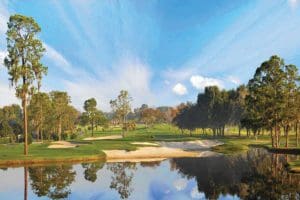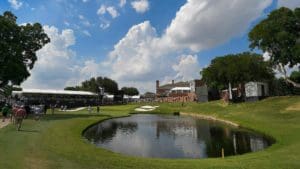My weekly PGA Tour tips at GBS often contain course categorisation information around the type of test the players will face that particular week. It’s important to know this information on the basis that certain players perform better on different golf course types.
For example, you’d think that Tiger Woods excels on every course format imaginable, but in reality he has weaknesses and that’s proven by the carefully engineered schedule he pulls together every season. He struggles on tight, technical Bermuda-greened tests like TPC Sawgrass, Harbour Town, Copperhead at Innisbrook and Atlanta Athletic Club which hosted the PGA Championship in 2011.
He’s also not at home on resort courses where streaky birdie-making and low scoring is the priority. That became clear at the 2012 CIMB Classic at The Mines in Malaysia where, despite finishing 4th, Tiger really struggled to make sufficient headway to defeat a relatively weak field.
Now the categories I highlight each week are my own classifications. I’ve built this information across my PGA Tour experience as a punter and, as ever, linking a course to a classification is no exact science. I’m sure many will disagree with how I split some golf course types, but the beauty of this is that everybody can have their own view. It’s also worth realising that a course can change throughout its association with the PGA Tour. Fact is a course can change category from one year to the next dependant upon course redesigns, weather conditions and course set-up dictated by members or the Tour itself, i.e. rough length, green stimpmeter speed, shaved run-off areas that surround greens etc.
I’ve been asked many times via our GBS Facebook Group or on Twitter @Bamfordgolf to explain what I mean by a technical course or classical course, so here is a synopsis of my PGA Tour golf course types.






